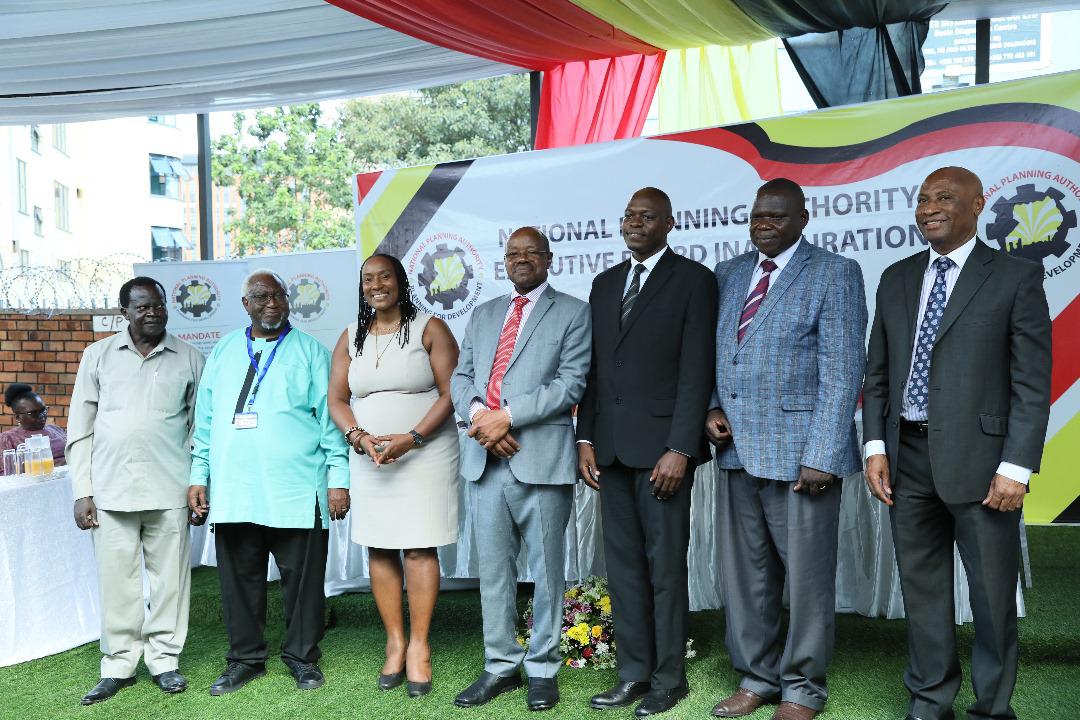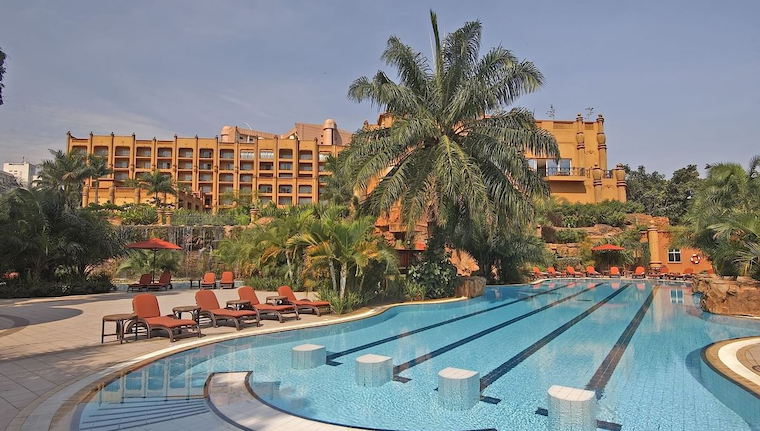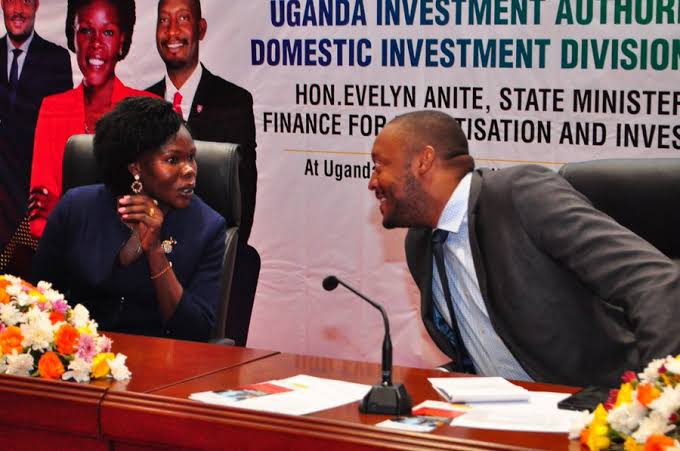The COMESA-EAC-SADC Tripartite Free Trade Area (TFTA) Agreement officially comes into force today, Thursday, July 25, after being ratified by the required number of member countries.
The treaty stipulates that for the agreement to take effect, at least 14 out of the 29 member states must deposit their instruments of ratification. At the recently concluded 37th tripartite task force meeting in Accra, Ghana, it was announced that Angola became the 14th member state to deposit its instruments of ratification on June 25, 2024.
Elias Mpedi Magosi, executive secretary of SADC and current chairperson of the Tripartite Task Force, stated that Angola’s action now paves the way for the agreement’s implementation.
Magosi noted that other countries that have completed the process include Uganda, Zambia, Zimbabwe, Botswana, Burundi, Egypt, Eswatini, Kenya, Lesotho, Malawi, Namibia, Rwanda, and South Africa. Together, these countries account for 75 per cent of the GDP of the tripartite as of 2022.
Magosi also informed the meeting that on June 20, the Republic of Djibouti notified the COMESA secretariat of its ratification of the agreement. The Tripartite Summit of Heads of State and Government decided on October 22, 2008, to establish a Tripartite Free Trade Area (TFTA) among the Common Market for East and Southern Africa (COMESA), the East African Community (EAC), and the Southern African Development Community (SADC).
“The objective of establishing the COMESA-EAC-SADC FTA was to enhance market access, address the issue of multiple memberships, and further the objectives of cooperation, harmonization, and coordination of policies among the three Regional Economic Communities (RECs),” he said.
The 29 tripartite member/partner states represent 53 per cent of the African Union’s membership, more than 60 per cent of continental GDP ($1.88 trillion), and a combined population of 800 million.
Magosi also urged member/partner states to mobilize resources and support the implementation interventions, including setting up the necessary implementation structures. The tripartite framework is based on three pillars: market integration, infrastructure development, and industrial development.
Market integration involves trade liberalization through the creation of a free trade area and arrangements for the movement of business persons. Infrastructure development focuses on enhancing connectivity and reducing business costs. Industrial development aims to create a supportive environment by improving regulatory and legal frameworks, adding value, diversifying industries, increasing productivity and competitiveness, and implementing programs for structural change.
EAC secretary general Veronica Nduva highlighted the need to consolidate the Tripartite FTA, emphasizing its potential benefits, the preservation of gains, and the strengthening of member/partner states’ participation in the AfCFTA.
“The fact that we have reached the required ratification threshold of 14 ratifications, developed modalities for implementing the tripartite agreement, finalized most aspects of the rules of origin, continued with engagements on tariff offers, and developed the Tripartite Protocol on Competition Policy demonstrates that the member/partner states are committed to the process,” she said.
Nduva reaffirmed the EAC’s commitment to continue operationalizing the Tripartite Agreement and mentioned ongoing engagements with EAC partner states yet to ratify the TFTA Agreement.
“The United Republic of Tanzania reported that it was in the process of ratifying the agreement, while the Republic of South Sudan reported that it had begun the process of signing and ratifying the Agreement,” she added.
Chileshe Kapwepwe, secretary-general of COMESA, expressed appreciation for the efforts in achieving the required number of ratifications for the Tripartite FTA.
“To support the AfCFTA, we must ensure the tripartite works effectively. I urge the Tripartite RECs to lead the work under their respective pillars to avoid duplication of efforts,” said Kapwepwe.
The COMESA secretariat leads the market integration pillar, SADC leads industrialization, and the EAC secretariat leads infrastructure development.
Progress has been made with the online non-tariff barrier (NTB) reporting and elimination mechanism, currently being implemented by 25 tripartite partner states. The meeting agreed on a roadmap for launching the TFTA’s entry into force at the 4th Tripartite Summit of Heads of State and Government, planned for later this year.












